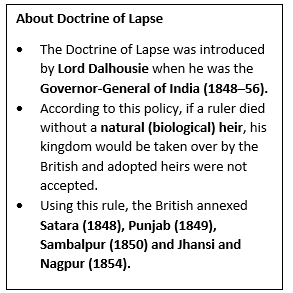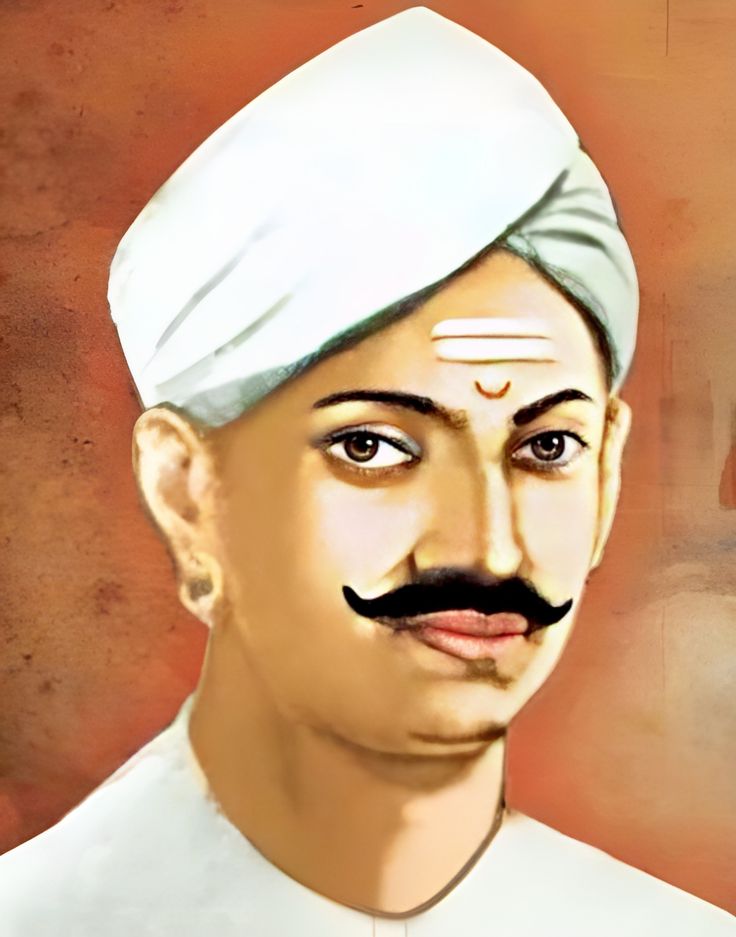Syllabus
GS 1: Modern History
Context: Recently, July 19 has marked 198th Birth anniversary of Mangal Pandey, a key figure in Revolt of 1857.
Early Life
- Mangal Pandey was born on July 19, 1827, in Nagwa village in Ballia district into a Bhumihar Brahmin family.
- At the age of 22, he joined the East India Company’s army as a soldier in the 6th company of the 34th Bengal Native Infantry.
Early Beginning
- Mangal Pandey refused to use the newly introduced Enfield rifle as it was believed that its cartridges were greased with beef and pork fat.
- Since sepoys had to bite open the cartridges to load the rifle, this hurt the religious sentiments of both Hindu and Muslim soldiers.
Role in Revolt of 1857
- On March 29, 1857, Mangal Pandey fired at his Senior Sergeant Major in Barrackpore near Kolkata which sparked the beginning of the Revolt of 1857.
- Mangal Pandey was captured and hanged on April 8, 1857, by the order of a Court Martial at Lal Bagan in Barrackpore.
- His regiment was also disbanded, just like the 19th Infantry at Behrampore for showing signs of rebellion.
- He was from the kingdom of Awadh, which had been annexed by Lord Dalhousie in 1856 on the grounds of misgovernance.
- Unlike other regions taken over under the Doctrine of Lapse, Awadh’s annexation was not based on the absence of a natural heir.
Significance of Awadh

- Awadh was a major recruiting ground for the East India Company’s army, with around 75,000 soldiers from the region.
- Nearly every farming family had someone serving as a sepoy, so any issue affecting Awadh directly impacted the soldiers.
- In 1856, the British deposed the Nawab of Awadh and seized the lands of the taluqdars during a new land revenue settlement. This caused widespread anger.
- The sepoys themselves sent around 14,000 petitions, complaining about the hardships caused by the new revenue policies.
- Mangal Pandey came to symbolize the anger and suffering that British rule had brought to ordinary peasant families. Soon after, the 7th Awadh Regiment also rebelled but faced harsh punishment.
- Following this, acts of disobedience, arson and unrest began to spread across army bases in Ambala, Lucknow, and Meerut.
- Finally, on May 10, 1857, sepoys in Meerut openly revolted. They marched to Delhi and entered the Red Fort, asking the aged Mughal emperor, Bahadur Shah II, to lead them.
- After some hesitation, he agreed and was declared the emperor of Hindustan (Shah-en-shah-i-Hindustan), giving symbolic unity and legitimacy to the uprising.


